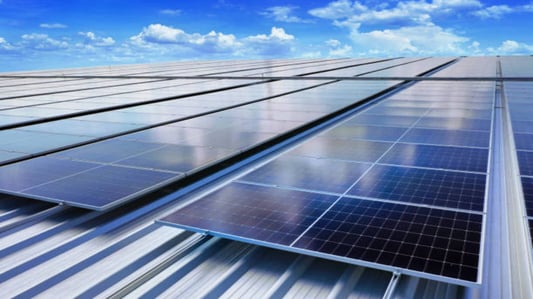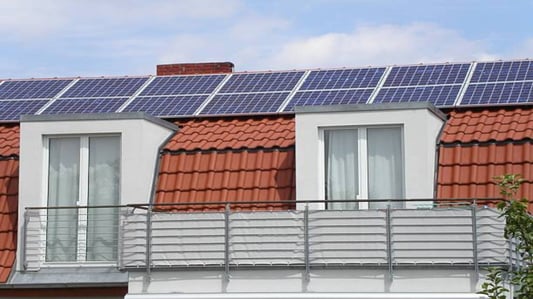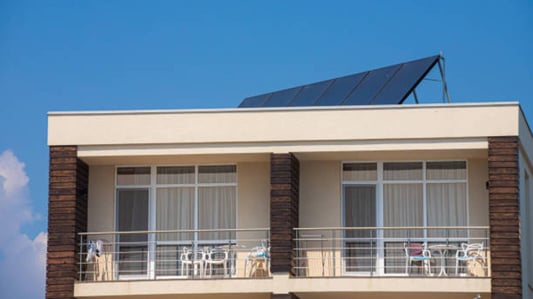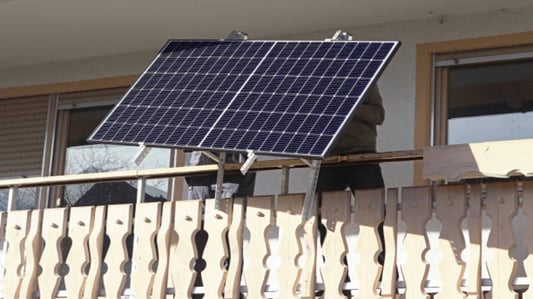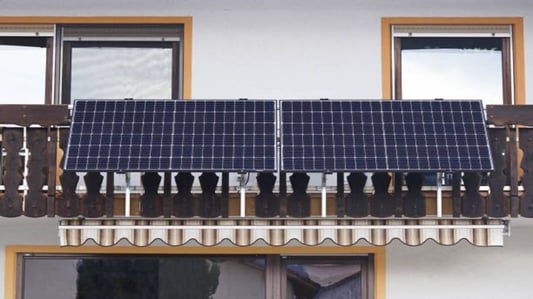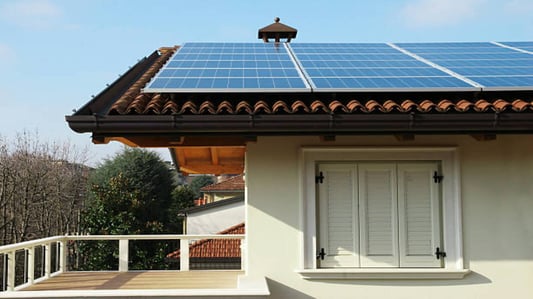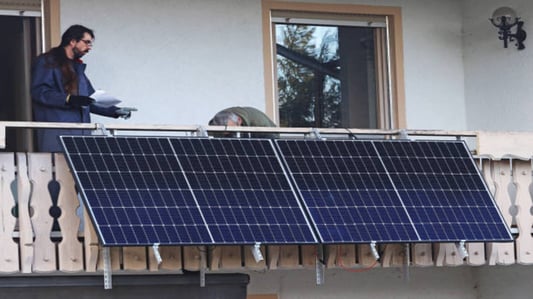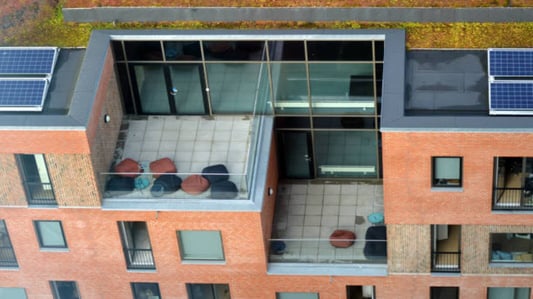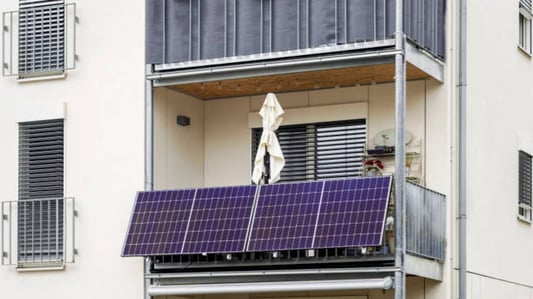The Numerous Benefits of aluminum structures for photovoltaic plantsPhotovoltaic (PV) panels have become increasingly popular for generating electricity from solar energy. However, to ensure that these panels are effectively installed and operate at maximum efficiency, mounting structures need to be in place. Aluminum structures are being widely embraced by the photovoltaic industry as they offer numerous advantages over other materials. This article highlights the benefits of using aluminum structures for photovoltaic plants.1. Lightweight and DurableAluminum structures are both lightweight and durable, making them an ideal material for mounting solar panels. Aluminum is 50% lighter than steel, reducing the weight load on the roof or ground where it is installed. Also, it does not rust or decompose like other materials and can last for up to 25 years with low maintenance.2. Highly Resistant to CorrosionExposure to the elements can cause frequent corrosion of metal structures. However, aluminum is highly resistant to corrosion, which helps it withstand harsh weather conditions, including snow, hail, rain, and extreme temperatures.3. Recyclable and SustainableAluminum is a highly recyclable and sustainable material. Not only can it be recycled at the end of its usefulness, but recycling uses only 5% of the energy used in the initial production, making it more energy-efficient compared to other materials. Using aluminum structures for photovoltaic plants supports environmentally-friendly practices.4. Quick and Easy InstallationCompared to other materials such as steel or iron, aluminum structures are simple to modify on-site and may not require welding. This leads to quick installation times, resulting in less time and costs for installation and maintenance.5. Excellent Thermal ConductivityAluminum has excellent thermal conductivity, meaning it can quickly transfer heat. This feature enables the aluminum structure to dissipate heat generated by the solar panels and maintain minimum resistance, reducing energy loss.6. High Strength-to-Weight RatioAluminum has an exceptional ratio between its strength and weight. It has a higher specific strength than steel and can withstand live loads such as heavy winds and snowstorms. This high strength-to-weight ratio and durability make aluminum structures a superior choice for long-lasting installations.7. Cost-Effective and Low MaintenanceAluminum structures are reliable and have low maintenance requirements, leading to lower installation costs and long-term maintenance costs. The long life cycle also contributes to cost-effectiveness.8. Flexible DesignAluminum structures can be customized to fit different plant requirements through the use of different alloys and profiles. This flexibility gives solar plant owners bespoke and innovative design solutions that are in line with the PV system configuration.9. Complies with International StandardsAluminum structures for photovoltaic plants are designed to meet international quality and safety standards. They guarantee the safety of workers during installation and ensure that the system can withstand extreme environmental conditions.10. Excellent Structural IntegrityAluminum structures maintain their structural integrity for an extended time. They can support the weight of solar panels during extreme weather conditions, ensuring maximum performance and longevity.Benefits of aluminum structures for photovoltaic plants, lightweight and durable, highly resistant to corrosion, recyclable and sustainable, quick and easy installation, excellent thermal conductivity, high strength-to-weight ratio, cost-effective and low maintenance, flexible design, complies with international standard, excellent structural integrity10 Benefits of Aluminum Structures for Photovoltaic PlantsDiscover the top 10 reasons why aluminum structures are beneficial for photovoltaic plants. Learn how they withstand harsh weather conditions, are cost-effective, and comply with international standards. Quote InquiryContact us!


